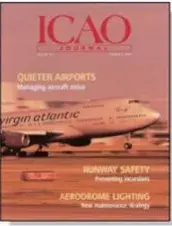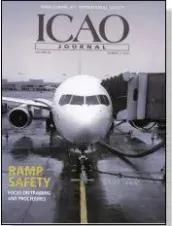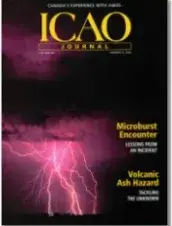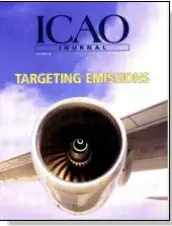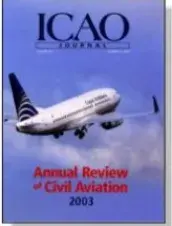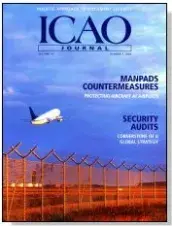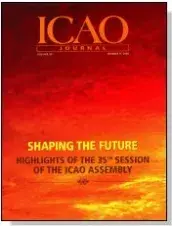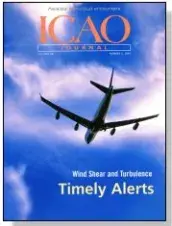ICAO Journal
The objective of the Journal is to provide a concise account of the activities of the International Civil Aviation Organization and to feature additional information of interest to Contracting States and the international aeronautical world.
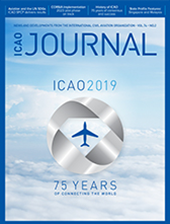 (ICAO Journal is available in English only from 2013)
(ICAO Journal is available in English only from 2013)
As the article beginning on page 6 explains, the production of halons — a type of chemical used in aircraft fire protection systems — ceased many years ago. This could present a problem for the air transport industry, which has been slow to adopt alternative technologies and consequently remains heavily dependent on the use of halons for fire suppression.
A new ICAO requirement for controllers and pilots involved in international operations to demonstrate a minimum level of English language proficiency will take effect in 2008. While strict adherence to ICAO phraseology is crucial, pilots and controllers must also be able to express themselves in plain language when circumstances call for it. Feature articles focus on the new language proficiency requirements, aviation language training and testing, and the importance of good radiotelephony discipline.
Feature articles in this issue focus on airport operations, including a look at runway safety and various efforts to address the problem of runway incursions. According to a survey of operating personnel in Europe, both pilots and air traffic controllers consider runway incursions to be the most serious safety issue facing airports today.
Feature articles in this edition focus on aviation safety, including safety on the ground. The airport ramp can be an intensely busy and confined space, where accidents impose substantial costs on the industry. A recent analysis of ramp events highlights both procedural and training issues.
Feature articles focus on meteorological topics including important lessons learned from an encounter with a microburst downdraft, and the need for timely warnings about volcanic ash. One key challenge facing volcano watchers is a fundamental uncertainty: the threshold concentration of ash required to cause significant damage to aircraft is unknown.
While much scientific uncertainty remains, there is increasing concern over the potential impact of a growing aviation industry on local air quality and climate change. This has led engine and airframe manufacturers to work closely with government agencies to develop new technologies that can further mitigate the impact of aviation on the environment.
The world airline industry continued to struggle financially in 2003, but it also continued to show signs of rebounding from the crisis that engulfed the civil aviation community in late 2001. A summary of major developments in international civil aviation last year, as well as airline traffic and financial forecasts for the 2004-05 period, begins on page 4.
The criminal use of man-portable air defence systems presents a serious threat to civil aviation worldwide. Recent incidents are a reminder that a small number of individuals armed with readily accessible weaponry can threaten even the most secure civilian targets. ICAO has recently developed guidance material for implementing countermeasures focused on protecting aircraft at airports.
The standardization of communications, navigation and surveillance (CNS) technologies is a challenging and complex issue, as explained in the article that begins on page 8. Also in this issue, a review of key trends over the years highlights the long-term achievements of the global air transport industry (see page 4).


